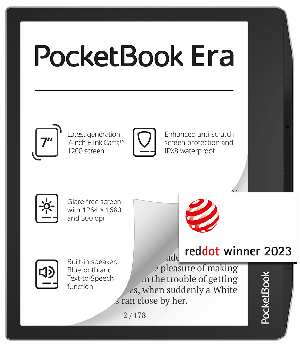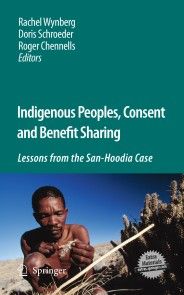Indigenous Peoples, Consent and Benefit Sharing
Pay with

€42.79
E-book
Formats: pdf
Description
Attributes
Reviews
First in-depth study of the world’s best known benefit sharing case First book on the topic of benefit sharing, which brings the collective knowledge of case experts from Asia, Australia and North America to critique the experience of their African counterparts for mutual learning Offers analysis and recommendations for policy makers under significant pressure to resolve the challenges of implementing the Convention on Biological Diversity (CBD)
- Format: pdf
- ISBN: 9789048131235
- Publisher: SPRINGER
- Ean Code: 9789048131235
- Book type: E-book
- Language: English
- DRM: Adobe DRM











